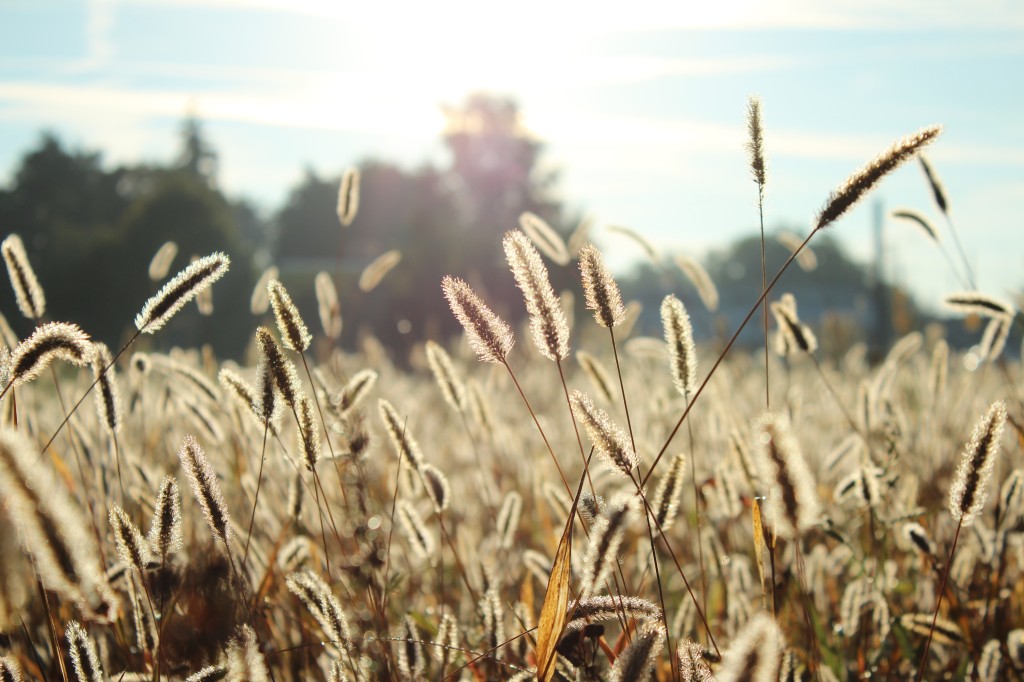Spring, Easter & Passover are upon us, so it seems a good time to think a little bit differently about how we can re-energise ourselves for the benefit of ourselves and everyone around us (including those we are caring for – elderly parents; young children; older children who can be just as demanding of our energies).
Re-energising is so important if we are going to achieve our highest goals and not flake out somewhere along the way (!)
There’s lots of self-help advice out there; but I wanted to share this video footage with you by Eben Pagan (http://bit.ly/1jLyFvE), and to add my own thoughts on how T’ai Chi informs the re-jeuvenation process.
T’ai Chi, energy cultivation & re-energising
In T’ai Chi, we very much recognise life’s cycles; it’s interesting that Eben Pagan refers to our individual “wave patterns” of energy, since recognising those can be really incisive if we tune into our bodies and their natural cycles. On many occasions in the T’ai Chi Form, we make a posture called “Holding the Circle,” which encourages us to think about our energies, and to cultivate our internal energy. In this way, T’ai Chi gives us an opportunity to become aware of our energy & our energy flow; I think it’s for this reason that T’ai Chi never feels exactly the same – it’s very dependent upon how we are feeling at that particular point in time.
Eben’s video footage is largely about “how successful people re-charge” and he hones in on our rest resistence/ rest anxiety (how we may continue to feel agitated when we try to rest, because we’ve not allowed ourselves fully to switch off – and grant ourselves that permission to fully relax). Here’s where T’ai Chi practitioners can look back over the months/years they have been practising and really appreciate a deep sense of achievement – since this is one of the main goals of T’ai Chi, I think.
Letting go; let it be
I say to my students that they should relax, let go of any matters which they have been concerning themselves with before the class; not to worry about what needs to happen after the class – the hour or so in practice is an hour just for them… just to “be.” Some students may nod; but it’s those students who believe this is ok who will benefit the most. There’s a “test” movement I like my fellow T’ai Chi practitioners to experience at the end of our warm-up. We call it “lifting of air.” The palms are facing upwards, feet hip-width apart and the lower arms to the elbows are gently lifted – and slowly; then the lower arms are allowed to fall back to the sides of the thighs (again slowly and under control), as the weight sinks into the legs. The test is to do this movement really quite slowly and to believe it’s ok – it’s called “living in the moment.” If students are forcefully holding themselves back, desperately straining to slow the movement down, then it doesn’t feel right – in fact, it feels pretty silly to be doing it! It’s only once students have fully grasped the notion that “just being” is ok, that any of the slow movements in T’ai Chi feel “right.”
Wired to win??
I sound very wise – but there’s still a big part of me which is “wired to win” – that persistent drive to press on, to give more, to put in yet more effort. However, such drive has its place; and that’s not all of the time; we can’t keep delivering if we’re running on “flat-out” all the time – we need this time to rest and refresh.
Monkey Steps
It would be remiss of me not to mention our wonderful “Monkey Steps” movements in T’ai Chi – Eban Page talks about the “monkey thoughts” which come and interrupt our peace. In T’ai Chi we deflect these monkey thoughts in true martial arts style – walking backwards we yield, and deflect such approaches with the arms, remaining strong and dignified in ourselves – confident in who we are and what we are about. So, we need to recognise our “monkey thoughts” – acknowledge them as such, and then dismiss them since they don’t serve us in our quest for rest & rejuvenation.
Resolve to rejuvenate!
I hope you get to see Eban’s 16-minute video – it’s full of great ideas to make rest a daily habit, and to build in a proper weekend, and take scheduled time away from our all-consuming businesses every quarter. In these small chunks, that’s very do-able – and YES! – it’s ok to be offline every once in a while 



